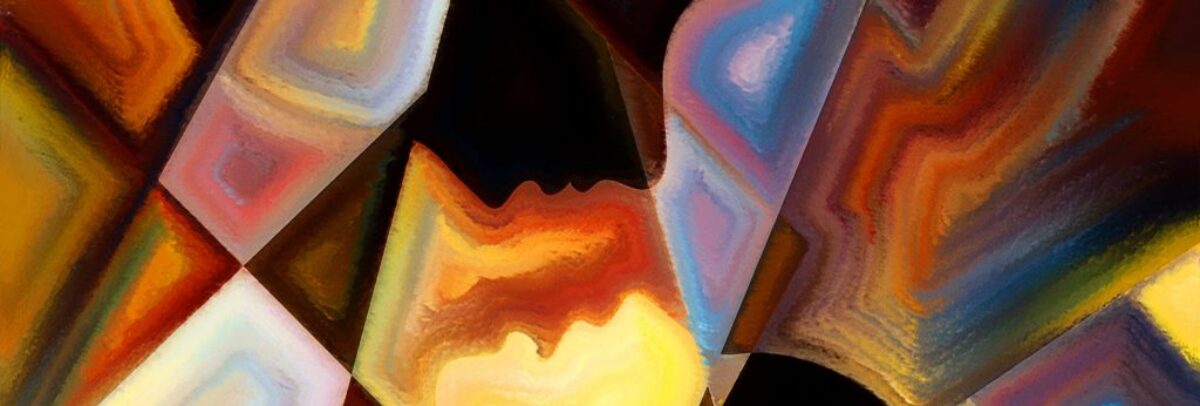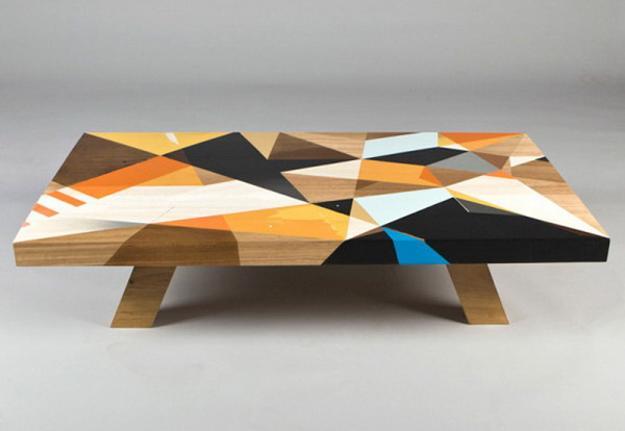The Art of Collecting Contemporary Art
Sharone Perlstein talks about the difference between buying art and creating a great collection. Here’s how to start collecting art.
Buying Art vs. Collecting Art – Different Brush Strokes…
There are people who collect art, and people who buy art. These are two very different types of people with very different approaches to the appreciation of art.
Buying Art – Because I like It!
People who buy art tend to do so, if not on a whim, then guided by what they like now, what is in fashion, and what they have the means to purchase. It can be something as simple as a passing fancy, or a serious purchase of a piece of art simply because it moves you and you wish to own it. Collecting art is quite another thing altogether.
Collecting Art – It’s a Lifelong Love Story
An art collector may often buy artworks only when they fit into a specific genre or theme of their collection. It is a painstaking waiting game and one that involves education, appreciation, patience and quite a bit of frustration at times. Many great collectors start with one or two pieces from a specific artist, period, or style, and take it from there. The germ of an idea or a fascination with a specific art movement are often the catalyst for a collection. It is at this point that the great game begins!
Some art collections do not follow a specific theme, but have become world-famous for the grouping of their art and the eclecticism of the pieces. It is fair to say though, that many of the world’s greatest collections are noted because they follow a common theme may it be an artist, a movement, a period or a style. Putting together a collection or an art show is more than just a curation of works, it is very often a labour of love. It relies on years of study and some excellent foresight in spotting trends, ahead of the curve.

Some art collections do not follow a specific theme, but have become world-famous for the grouping of their art and the eclecticism of the pieces. It is fair to say though, that many of the world’s greatest collections are noted because they follow a common theme may it be an artist, a movement, a period or a style. Putting together a collection or an art show is more than just a curation of works, it is very often a labour of love. It relies on years of study and some excellent foresight in spotting trends, ahead of the curve.
The (Art) World is Changing
The art world used to be run by dealers and galleries, but no more. The Internet has changed the way we view art, what we view as art and the way we buy art. It is a tool for collectors who want to educate themselves on different styles and artists, and a great way to discover new art, new passions and new collection ideas. The accessibility of online data has also made it easier to appraise art and evaluate its quality.
Where to start?
Some art collections do not follow a specific theme, but have become world-famous for the grouping of their art and the eclecticism of the pieces. It is fair to say though, that many of the world’s greatest collections are noted because they follow a common theme may it be an artist, a movement, a period or a style. Putting together a collection or an art show is more than just a curation of works, it is very often a labour of love. It relies on years of study and some excellent foresight in spotting trends, ahead of the curve.
Read My Art Blog
Boris Johnson or Jeremy Corbyn
Elections are being held again in the UK on December 12, 2019. Parliament has been dissolved and the country is divided about a Deal or No Deal Brexit. The coutry’s Political parties are hoping that the people will un-lock Parliaments handicap. Johnson’s Conservative Party is hoping to win a clear majority in this election so […]
The Evolution of Contemporary Furniture Design is Bold and Soothing
If someone from the 18th Century were to come and visit your home today, they would probably be aghast at what they found. Contemporary furniture is nothing like it was in bygone eras, and the time-traveling visitor would most likely assume that we have all become impoverished. Whereas furniture in previous centuries was made from […]
The Evolution of Contemporary Furniture Design is Bold and Soothing
If someone from the 18th Century were to come and visit your home today, they would probably be aghast at what they found. Contemporary furniture is nothing like it was in bygone eras, and the time-traveling visitor would most likely assume that we have all become impoverished. Whereas furniture in previous centuries was made from […]
The Many Faces of Post-Minimalism
Post-Minimalism can be a hard concept to pin down. That’s largely because the term refers not so much to a single, unified aesthetic as to a range of interrelated styles that arose during the late 1960s in the aftermath of Minimalism. Although the different strands of Post-Minimalism overlap with each other, they frequently have diverging, […]



